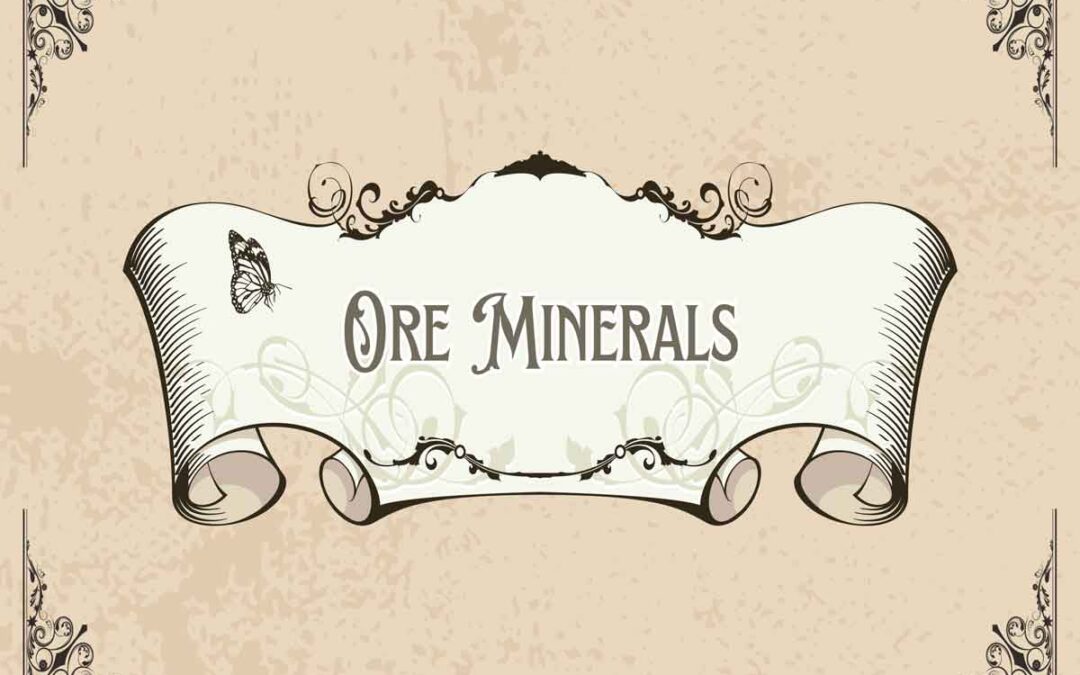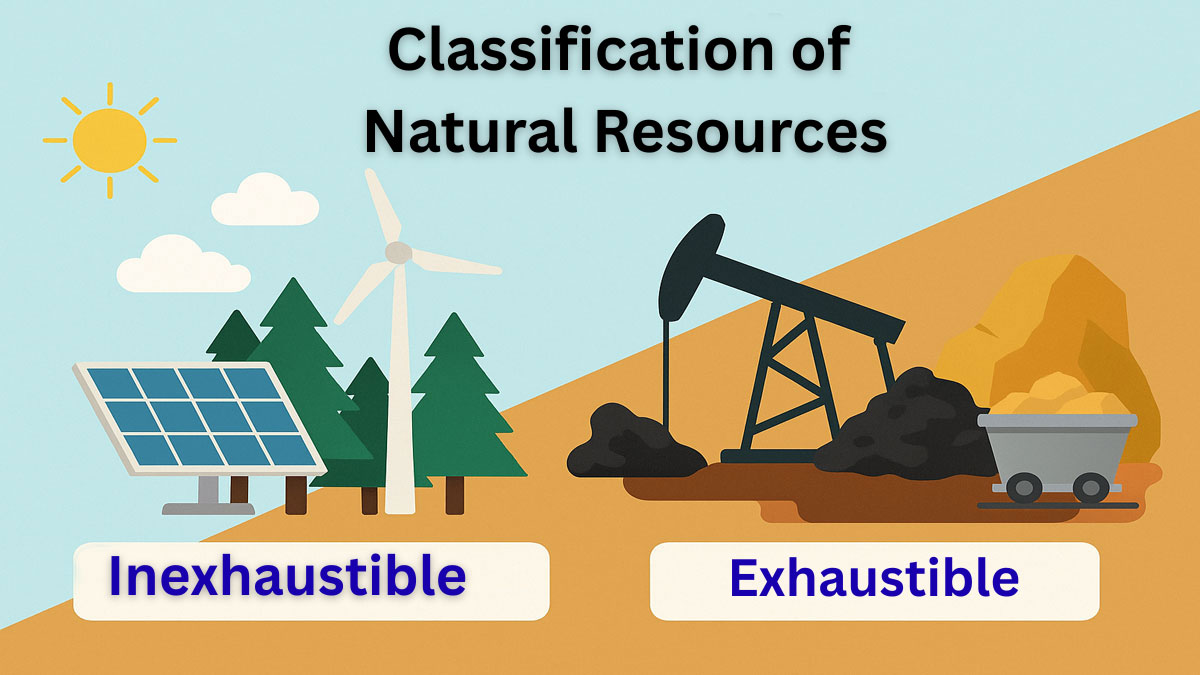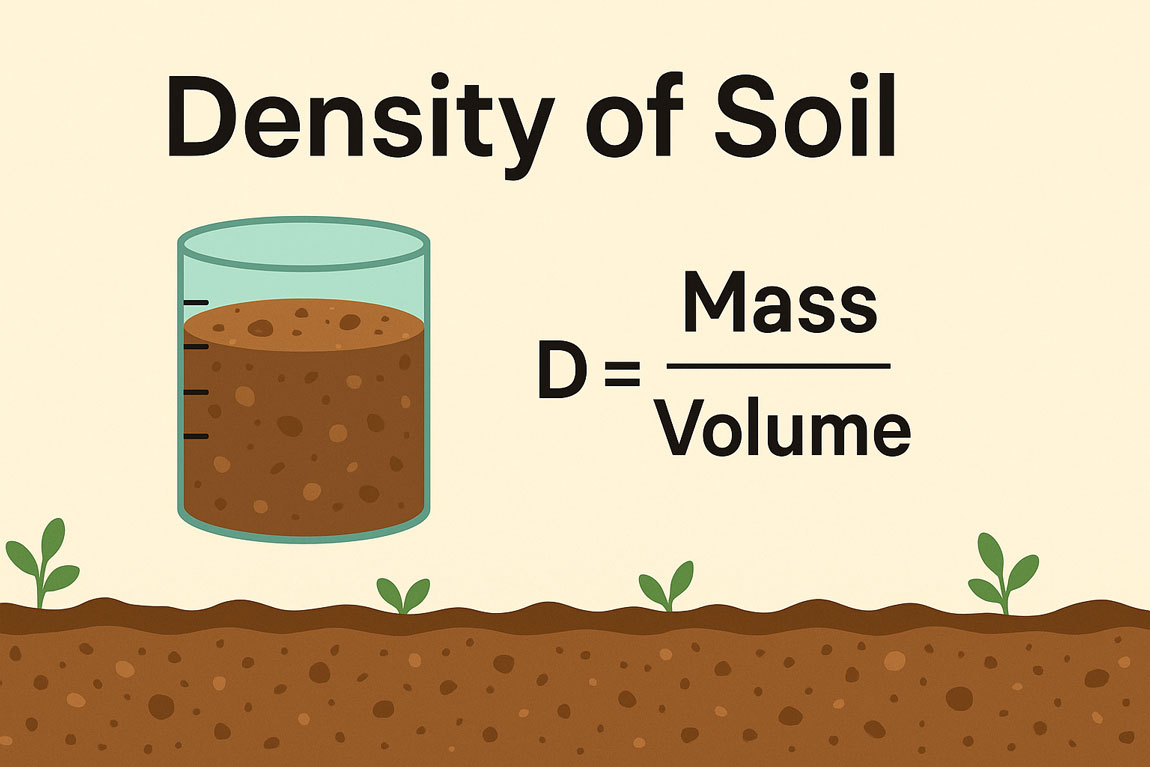Ore minerals are the spine of the worldwide mining industry, serving as the number one supply for the precious metals and factors crucial to our normal lives. These herbal assets play an important position in using technological development and assisting the increase of infrastructure, shaping the arena we inhabit.
Ore mineral:
It is a metallic mineral that may be used to extract one or more metals at a profit.
For example,
Galena (PbS) is an ore mineral for Lead(Pb) metal;
Hematite (Fe2O3) is an ore mineral for Iron(Fe) metal;
Bauxite is an ore mineral of Aluminium(Al)
Types of Ore mineral:
Ore minerals are types as,
- Primary or Hypogene
- Secondary or Supergene
Primary or Hypogene:
Primary or Hypogene minerals are those deposited during the original period or periods of metallization. The primary ‘term’ has been used to designate the earliest sequence of ore minerals. To avoid confusion, Ransome proposed the term hypogene, which is synonymous with the primary term.
Hypogene indicates the formation by ascending solutions. All hypogene minerals are necessarily primary, but not all primary ore minerals are hypogene.
Example: Sedimentary hematite is of primary deposition but has not been formed from an ascending solution.
Secondary or Supergene:
The secondary or Supergene ore minerals are alteration products of the former hypogene as a result of weathering or other superficial processes resulting from descending surface water. The later minerals of the same sequence of primary minerals are called secondary. The confusion arising from the word Secondary is eliminated by the better term ‘ Supergene.’
Formation of Ore Minerals:
A number of geological processes drive Ore Mineral formation. These include:
Magmatic processes:
Minerals such as chromite and magnetite crystallize immediately from magma as it cools.
Hydrothermal processes:
Hot mineral-rich fluids deposit minerals such as gold, copper, and zinc in cracks and voids within rocks.
Sedimentary processes:
Minerals such as iron and manganese form in sedimentary environments by chemical precipitation.
Metamorphic processes:
Existing minerals are converted into economically exploitable minerals under conditions of high temperature and pressure.
Some list of Ore minerals:
| Metal | Ore Mineral | Composition | Percent Metal |
| Gold | Native gold | Au | 100 |
| Calaverite | AuTe2 | 39 | |
| Sylvanite | (Au,Ag)Te 2 | .. | |
| Silver | Native silver | Ag | 100 |
| Argentite | Ag2S | 87 | |
| Cerargyrite | AgCl | 75 | |
| Iron | Magnetite | FeO-Fe203 | 72 |
| Hematite | Fe203 | 70 | |
| Limonite | Pe 203 -H 20 | 60 | |
| Siderite | FeCOs | 48 | |
| Copper | Native copper | Cu | 100 |
| Bornite | Cu5FeS4 | 63 | |
| Brochantite | CuS04-3Cu(0H)2 | 62 | |
| Chalcocite | CU2S | 80 | |
| Chalcopyrite | CuFeS 2 | 34 | |
| Covellite | CuS | 66 | |
| Cuprite | CU 2 O | 89 | |
| Enargite | 3CU2S-AS2S5 | 48 | |
| Malachite | CuC03-Cu(0H)2 | 57 | |
| Azurite | 2CuC03-Cu(0H)2 | 55 | |
| Chrysocolla | CuSi 03 – 2 H 20 | 36 | |
| Lead | Galena | PbS | 86 |
| Cerussite | PbC03 | 77 | |
| Anglesite | PbS04 | 68 | |
| Zinc | Sphalerite | ZnS | 67 |
| Smithsonite | ZnCO3 | 52 | |
| Hemimorphite | H2ZnSi05 | 54 | |
| Zincite | ZnO | 80 | |
| Tin | Cassiterite | Sn02 | 78 |
| Stannite | Cu2S-FeS-SnS2 | 27 | |
| Nickel | Pentlandite | (Fe,Ni)S | 22 |
| Garnierite | H 2 (Ni,Mg)Si 03 -H 20 | .. | |
| Chromium | Chromite | Fe0-Cr203 | 68 |
| Manganese | Pyrolusite | Mn02 | 63 |
| Psilomelane | Mn 203 *a;H 20 | 45 | |
| Braunite | 3Mn203*MnSi03 | 69 | |
| Manganite | Mn 203 *H 20 | 62 | |
| Aluminum | Bauxite | A 1203 – 2 H 20 | 39 |
| Antimony | Stibnite | Sb2S3 | 71 |
| Bismuth | Bismuthinite | Bi2S3 | 81 |
| Cobalt | Smaltite | CoAS2 | 28 |
| Cobaltite | CoAsS | 35 | |
| Mercury | Cinnabar | HgS | 86 |
| Molybdenum | Molybdenite | M 0 S 2 | 60 |
| Wulfenite | PbMo 04 | 39 | |
| Tungsten | Wolframite | (Fe,Mn)W 04 | 76 |
| Huebnerite | MnW04 | 76 | |
| Scheelite | CaW04 | 80 |
Differentiate between ore mineral and gangue mineral:
| Ore mineral | Gangue mineral |
| It is a metallic mineral that may be used to extract one or more metals at a profit. | The undesired nonmetallic mineral associated with ore mineral is termed a gangue mineral |
| Bauxite is an ore mineral of Aluminium(Al) | Quartz remains associated with many ore minerals as a gangue mineral |
Conclusion:
Ore Minerals play a vital role in modern society, forming the backbone of many industries and innovations. Knowledge of their origins, different species, and economic importance highlights the need for sustainable practices in their extraction and use. Addressing current challenges and adopting new technologies will enable us to use these precious resources responsibly.






